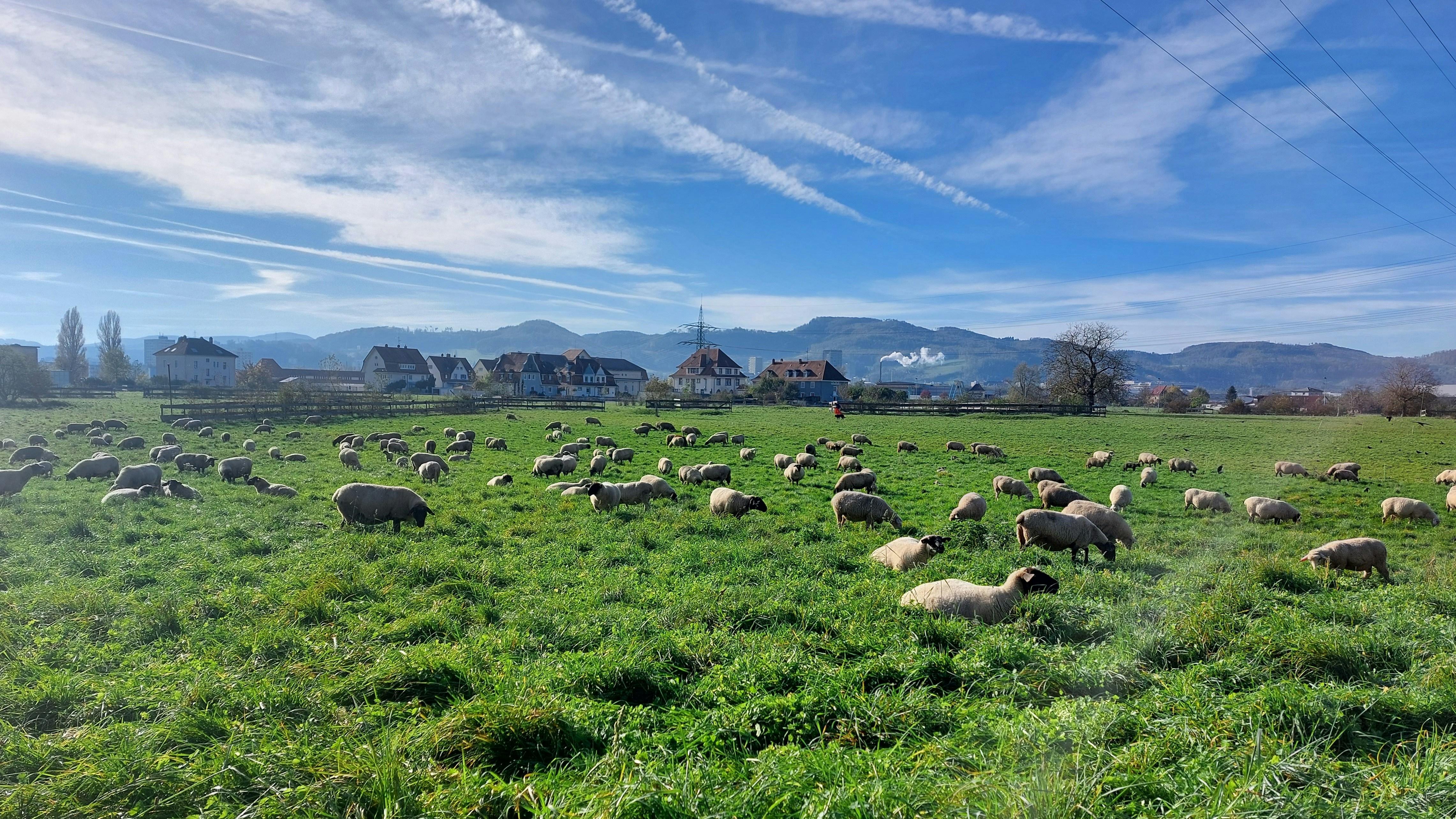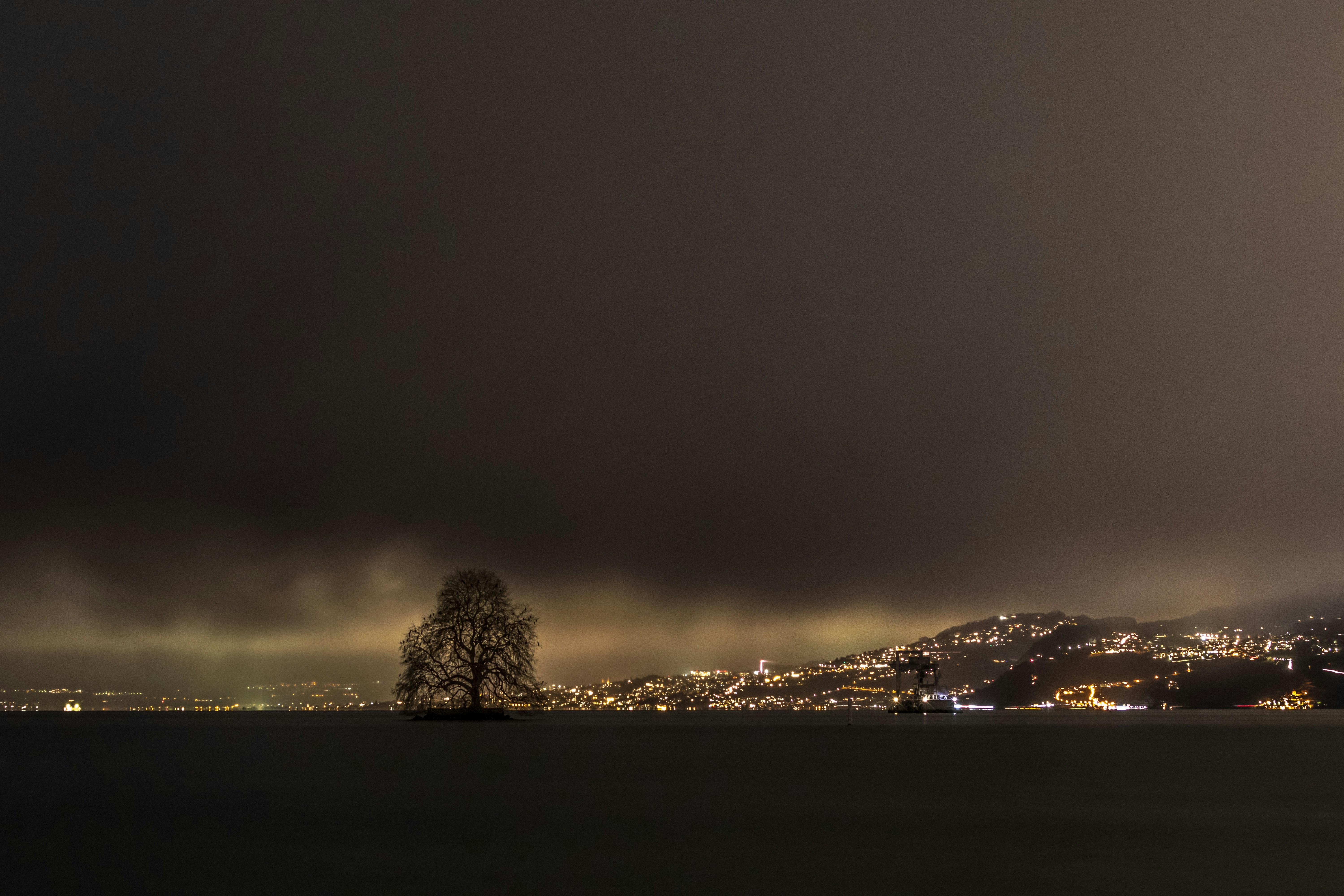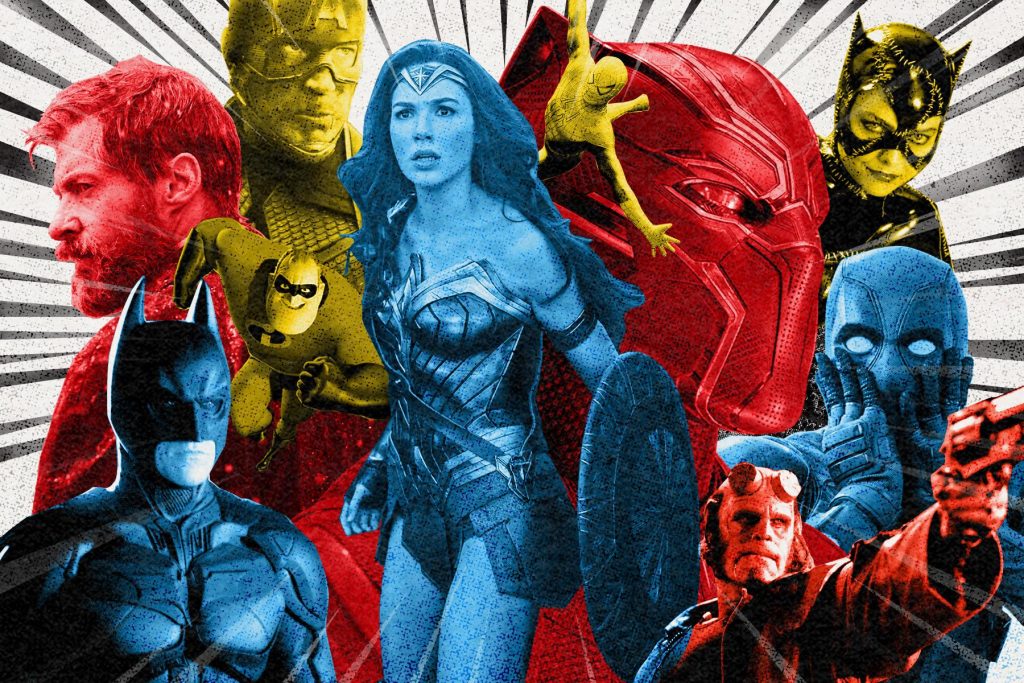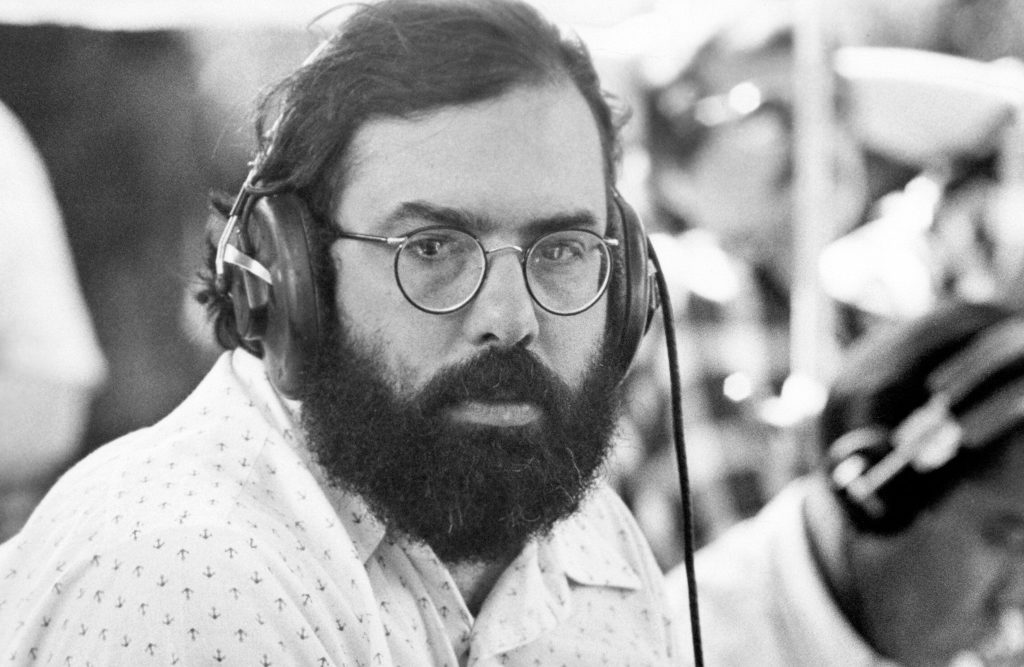In the vast tapestry of contemporary cinema, few directors have managed to weave as intricate and compelling a narrative as Denis Villeneuve. With a filmography that spans genres and defies conventions, Villeneuve has established himself as a visionary storyteller, capable of transforming the ordinary into the extraordinary. From the intimate yet otherworldly exploration of communication in “Arrival” to the sprawling, sand-swept epic of “Dune,” his films are not merely watched but experienced, leaving indelible marks on the minds of audiences worldwide. This article delves into the directorial genius of Denis Villeneuve, tracing his journey from the haunting echoes of first contact to the epic saga of interstellar politics, examining how his unique vision and meticulous craftsmanship have redefined modern filmmaking.
Crafting Cinematic Masterpieces Understanding Villeneuves Visual Storytelling
Denis Villeneuve’s films are renowned for their breathtaking visuals, which serve as a powerful tool in his storytelling arsenal. His ability to craft a world that feels both expansive and intimate is a testament to his mastery of visual storytelling. Villeneuve’s work often includes striking cinematography that captures the essence of his narratives, transforming each frame into a work of art. The use of light and shadow in his films is not merely aesthetic; it is a narrative device that enhances the emotional depth of his stories. For instance, in “Arrival,” the use of subdued tones and foggy landscapes mirrors the film’s themes of mystery and communication, while in “Dune,” vast deserts and sweeping vistas reflect the epic scale and political intrigue of the story.
- Dynamic camera movements: These are employed to immerse the audience in the action, making viewers feel as if they are part of the scene.
- Meticulous set design: Each environment is crafted with precision to reflect the underlying themes and emotional undertones of the narrative.
- Symbolic use of color: Colors are chosen carefully to evoke specific emotions and highlight key plot points.
Villeneuve’s visual storytelling is not just about aesthetics; it’s about creating a visceral experience that resonates with audiences long after the credits roll. By marrying technical prowess with profound narrative insight, he elevates his films into true cinematic masterpieces.

Exploring Complex Narratives Analyzing Themes of Time and Humanity
Denis Villeneuve has established himself as a master storyteller, deftly weaving intricate tapestries of time and human experience in his films. Arrival, for instance, transcends traditional sci-fi boundaries by delving into the nonlinear perception of time. Through the character of Louise Banks, Villeneuve explores the profound implications of communication and understanding across different temporal dimensions. This narrative choice challenges viewers to reconsider the fluidity of time and its impact on personal and collective destinies.
In Dune, Villeneuve takes on the monumental task of adapting Frank Herbert’s complex narrative, focusing on themes that intertwine human ambition with the inexorable passage of time. The film’s sprawling desert landscapes serve as a backdrop for examining the cyclical nature of power and prophecy. Through Villeneuve’s lens, we witness a world where the sands of time shape destinies and test the limits of human resilience. Key themes in Villeneuve’s exploration of time and humanity include:
- Nonlinear Time: Challenging traditional storytelling through innovative narrative structures.
- Communication: Exploring the profound effects of language and understanding across different realms.
- Power and Prophecy: Investigating the cyclical nature of human ambition and its consequences.
- Resilience: Highlighting the enduring spirit of humanity amidst vast and unforgiving landscapes.

The Art of Atmosphere Building Immersive Worlds in Sci-Fi Cinema
Denis Villeneuve’s approach to atmosphere building in sci-fi cinema is nothing short of masterful, creating worlds that are as immersive as they are introspective. His films like “Arrival” and “Dune” transcend typical cinematic experiences, drawing viewers into meticulously crafted environments that pulse with life and narrative depth. Villeneuve employs a combination of striking visuals, haunting soundscapes, and nuanced storytelling to construct universes that feel both expansive and intimate. The director’s use of vast landscapes and detailed settings serves not only as a backdrop but as a character itself, influencing the narrative and the emotional journey of its inhabitants.
- Visual Aesthetics: Villeneuve collaborates with visionary cinematographers to capture breathtaking imagery that enhances the storytelling.
- Sound Design: The ambient sounds and score play a crucial role in enveloping the audience, blurring the lines between the screen and reality.
- Narrative Depth: His films often delve into themes of existentialism and human connection, providing a rich tapestry for viewers to explore.
By weaving these elements together, Villeneuve not only tells a story but invites the audience to live within it, offering an immersive experience that lingers long after the credits roll.

Lessons for Aspiring Filmmakers Emulating Villeneuves Unique Approach
For those aspiring to follow in the footsteps of Denis Villeneuve, there are several key elements to consider when developing your own unique approach to filmmaking. Villeneuve is renowned for his ability to create immersive worlds and compelling narratives, a skill honed through a meticulous attention to detail and a deep understanding of the human condition.
- Master the Art of Visual Storytelling: Villeneuve’s films are celebrated for their stunning visuals, which are not just eye candy but integral to the storytelling. Pay close attention to how every frame can convey emotion, mood, and narrative progression.
- Embrace Complex Characters: His films often feature multifaceted characters who drive the plot forward. Craft characters with depth, motivations, and flaws to create a more engaging and relatable story.
- Prioritize Sound Design: Villeneuve’s collaborations with composers and sound designers result in soundscapes that enhance the film’s atmosphere. Never underestimate the power of sound in building tension and guiding the audience’s emotional journey.
- Commit to Your Vision: Denis Villeneuve is known for his unwavering commitment to his creative vision, even when tackling adaptations of beloved works. Stay true to your artistic instincts while being open to collaboration and feedback.
By focusing on these aspects, filmmakers can cultivate a style that is both distinctive and impactful, much like Villeneuve’s own cinematic masterpieces.









